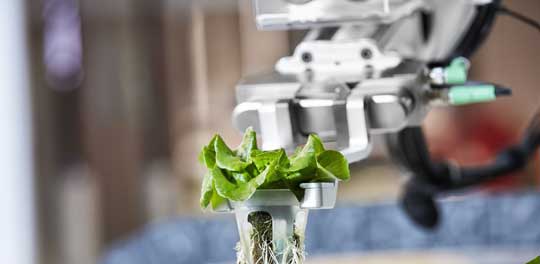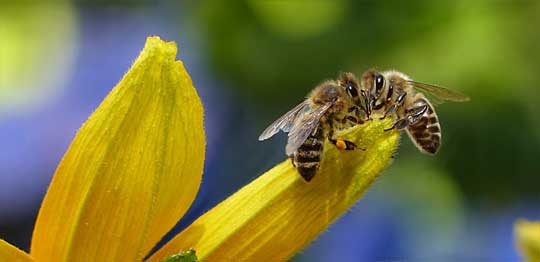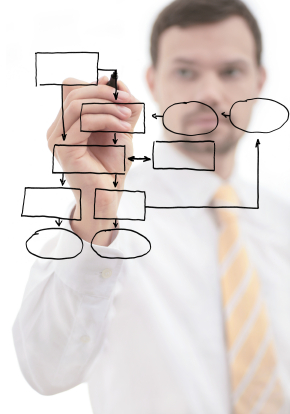Food and agriculture is an important business. It represents one of the largest industries in the world. The food and agriculture sector is one of the most significant and dynamic ones in members of the European Union. As far as global food and agriculture is concerned, it is worth trillions of dollars. Food and agri businesses are feeding the population while at the same time pursuing technological innovation. Companies have understood that profitability lies within the various parts of the supply chain and have made efforts to create resilient systems. Take Denmark, for example. Through continued development and innovation, this nation has succeeded in making this sector of activity synonym with quality.
Managing a food or agricultural business requires knowledge and skill. Examples include land use, farming practice, and food production. It is also worth mentioning the understanding of business principles. Many entrepreneurs innovate for the future of food and agriculture. They change, adapt, and create new ways for working the land. The field is currently undergoing a technological revolution. It is every easy to see the impact of innovations on such a traditional sector of activity. Here are some technological improvements that have taken food and agri businesses to the next level.
1. Cloud computing

Technology is slowly but surely moving to the cloud. This is not merely a changing trend. With cloud computing technology, users are able to take advantage of software and applications no matter their location. What happens is that the computer programs are accommodated by an outside party in the cloud. Solid implementation of cloud computing in the food and agriculture sector has many benefits. For example, it is possible to gain insights about the weather, pests, and diseases. Most importantly, there is no need to invest in expensive computer hardware or software, information technology or infrastructure. When an organization deploys cloud computing, they have all the resources that they need at their fingertips. Individuals from rural areas have the possibility to sell their produce directly to the market. There are no intermediaries involved.
2. Imaging technologies

The food space is no stranger to innovation. Various imaging technologies are being used at present in food and agriculture to gather quantitative information for quality analysis and process control. Owing to the continuous development in hardware and software for image processing and evaluation, the application of innovations like hyperspectral imaging can be used in daily operations to uncover potential food hazards, check up on the health of animals, and get a good understanding of the needs of plants. It is important to not forget about infrared imaging. This type of thermal imaging enables people to figure out the temperature of items, so it can be used in both pre-collect and post-harvesting operations. When it comes down to computer vision, it is very useful in the robotics space.
3. Automation with collaborative robots

In order to bridge the gap between supply and demand it is necessary to deploy technical, human, and financial resources. More and more farmers are using technology to address a variety of issues, such as the increasing shortage of labor. It is hard if not impossible to attract seasonal workers, so the only hope lies in collaborative robots. In San Francisco, there is a farm where humans work side by side with robots. The establishment is not fully autonomous. Not yet, at least. The robots allow farmers to be more efficient and effective when managing crops. Those who want to live in the future actively seek industrial robots for sale. The technology of today will help savvy entrepreneurs get ahead.
Robotics and advanced sensing can be used for the following tasks:
– Crop seeding
– Nursery planting
– Fertilizing and irrigation
– Crop weeding
– Thinning and pruning
Although the operations are automated, human input is still necessary. The combination of agriculture and robotics is a desirable one. It is paramount to fill unwanted jobs and, most importantly, meet the upcoming demand. The world’s population will reach 9 billion by 2050.
4. Data intelligence for financial inclusion

Everyone eats, which is the reason why it is important to ensure food security and increase productivity for a small number of farmers. Farmers from low- and middle-income countries do not have access to financial instruments, unfortunately. Financial institutions are not willing to meet their needs, so small farmers cannot do business. There is good news on the horizon. Thanks to data intelligence, banks will be able to determine the risks in impoverished nations. There are opportunities in terms of enabling global reach and social inclusion. Nowadays, organizations are able to assess impressive amounts of data in a timely manner. What is more, costs relating to visits for insurance claims are considerably reduced.
5. Drones

Unmanned aerial vehicles are used by farmers and agriculture service professionals to address the issue of climate change. To be more precise, they are trying to support the pollinating efforts that bees are struggling to complete. The drones do nothing other but come to the help of bees. The pollination drones, as they are frequently referred to, imitate the actions of the bees, which suck the nectar out of flowers and make sure that pollen is deposited on other plants. It is estimated that drones for bees increase crop pollination by 60 percent. The worldwide bee population is in collapse and something needs to be done, in addition to saving the bees. Food and agriculture can use drones for more than pollination. Other applications include assessment of crop health and field and soil analyses.
Final considerations
The bottom line is that the future of food and agri businesses is looking god. Innovation will ensure the long-term success of firms, as well as the economic health of the sector. Managers need to put aside their insecurities and embrace technology. It is required to produce enough food to feed millions of people and address the challenges of sustainability. This is only possible through food and agri business innovation. It is necessary to change practices and accommodate the new reality.





